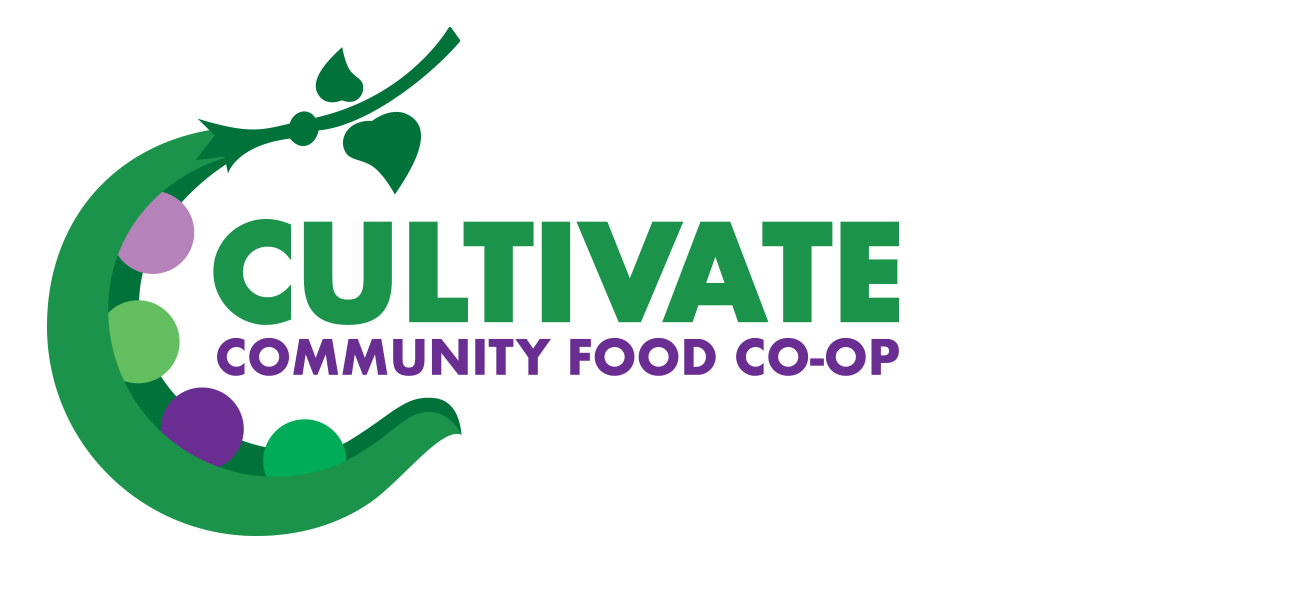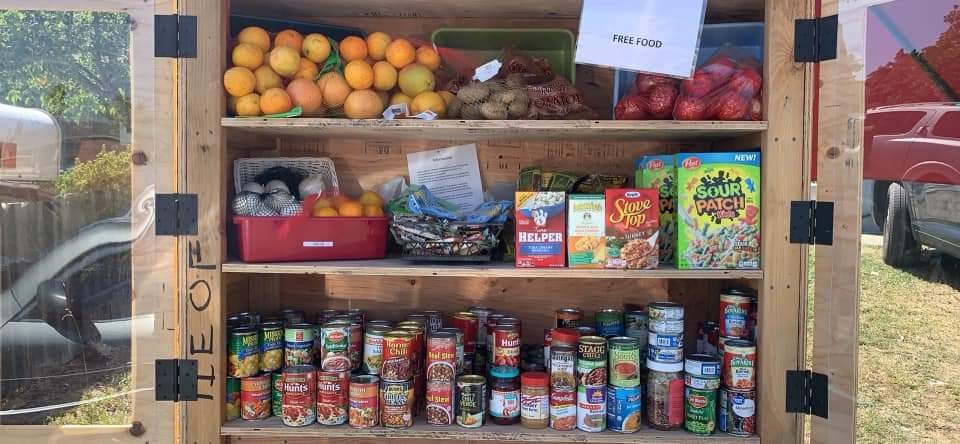March is National Nutrition Month, an annual campaign by the Academy of Nutrition and Dietetics. This year’s theme is “Celebrate a World of Flavors”, and they encourage finding nutritious, healthy versions of traditional and cultural foods. The Academy’s goal is to increase awareness of healthy food and lifestyle choices. But how can you make a choice when there are very few or no healthy options available? This is a major issue that we face here in our corner of Solano County.
The USDA has identified many parts of our county as food deserts, and Vallejo—particularly South Vallejo—was one of them. Even in the parts of Vallejo and Benicia with full-service grocery stores, the ability to find affordable, fresh produce, meat- and dairy-free options, and anything organic is practically non-existent. Anyone with further dietary restrictions is hard-pressed to find foods suitable for them without driving up to Napa or across a bridge, which means those without transportation must do without.
However, look for a convenience store or fast-food establishment, and it seems there’s one on every corner. Due to the lack of accessible grocers, people often end up buying a good amount of their food at these places. Additionally, the poor nutrition in these foods can create and exacerbate dire health conditions such as Type 2 diabetes, obesity, and cardiovascular disease.
Add to this already bad situation the impact of COVID-19. A recent study shows that 13.3% of Solano County children live in food insecure households. Many residents are still relying on the food bank, meal distribution centers, and food donations.
This creates a type of food apartheid, where those with means and a car can still get the food they want—albeit by driving several miles—and those without a vehicle must make do with whatever food is available within walking distance, regardless of whether it meets their dietary needs or not. Typically, those who must shop at corner stores pay anywhere from 3 to 37% more than supermarket prices.
It’s a dire picture. Yet there are many people and organizations working on solutions. For example, Heather Pierini set up a small farm stand in front of her home, sharing the bounty of her garden with her neighbors. It was so popular, she set up stands throughout Benicia and Vallejo, where people could take what they needed, no questions asked. Her act of kindness grew into Food Is Free Solano, and still helps the food insecure in our area.
The Food Empowerment Project educates and advocates a vegan lifestyle and helps people on this path. Among other information on their website, they offer vegan versions of cultural and traditional foods. The Vallejo Project works with the community garden on Mare Island. And one of our owners, Chef Amen, is cooking and teaching people the benefits of a healthy diet and lifestyle.
We are thankful for these shining lights in our area. There’s only one thing missing—a beautiful, community-owned, full-service grocery store, full of healthy, nutritious foods and accessible to all. The time is now for Cultivate Community Food Co-op! Join us and let’s put doors on the store!
Sources:
Academy of Nutrition and Dietetics:
eatright.org/food/resources/national-nutrition-month
The health and well-being of children: kidsdata.org/
Food deserts defined: foodoasis.solanocounty.com/DesertFacts.aspx
Interactive USDA Food Access Research Atlas: ers.usda.gov/data/fooddesert
Food is Free foodisfreesolano.org/
Food Empowerment Project: foodispower.org/
Chef Amen on Facebook: facebook.com/7portasloffreedom

